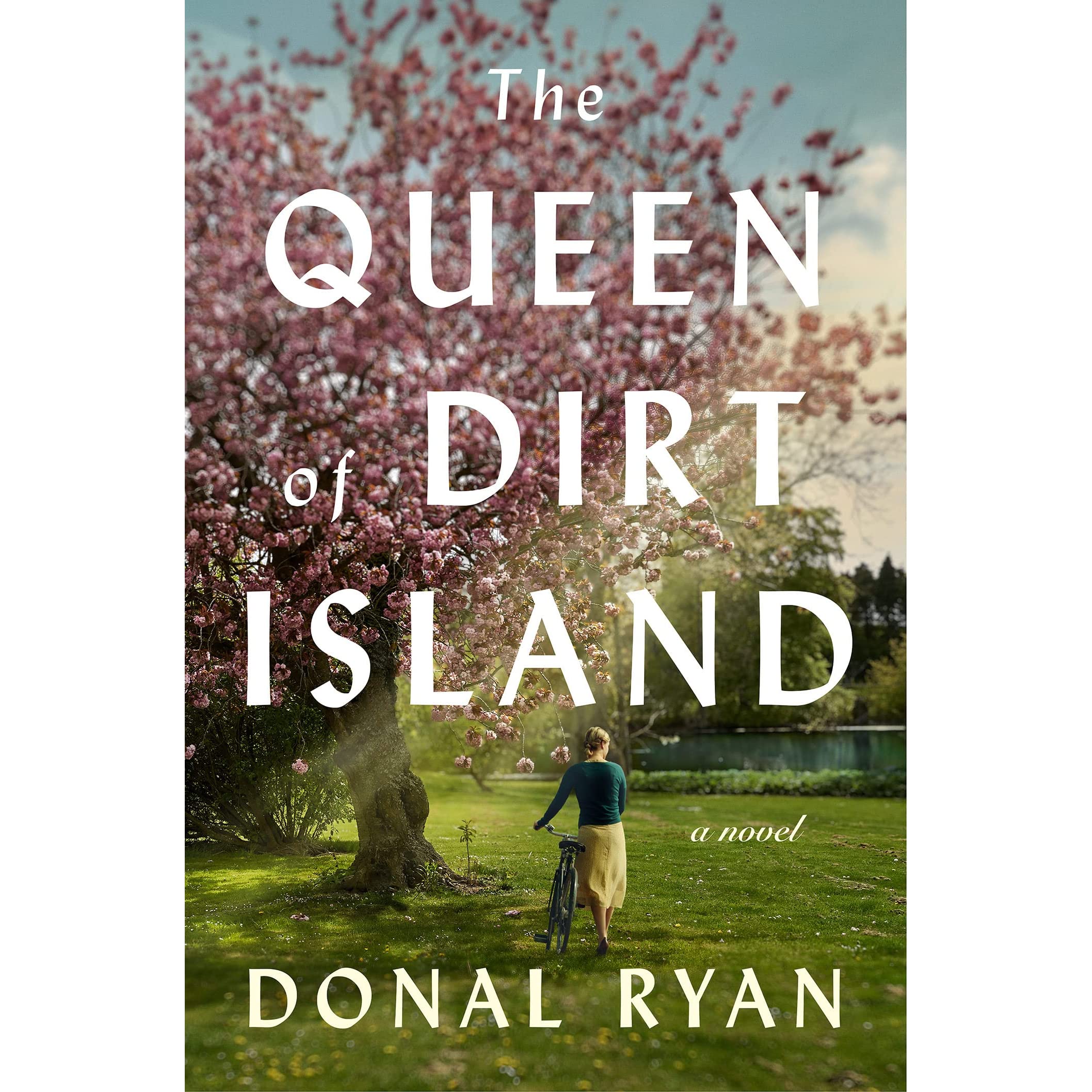
Donal Ryan’s The Queen of Dirt Island, released this August, weaves together the stories of four generations of a family. The Aylward women of Tipperary live on a small plot of land in the outlying hills of Nenagh. The story is introduced through Saoirse, a girl born an Aylward, whose father is swiftly taken from her in a car crash before she’s old enough to know him.
Saoirse grows up fatherless, understanding this to be a normality rather than a tragedy. “Living fathers, then, weren’t much of a thing”, she says. “Better to have a mother who smoked and wore sunglasses.” This fatherlessness is a central theme of the book – a distinct lack of strong male figures is characteristic throughout, and the Aylward women must contend against the patriarchal society in which they live, for the most part, by themselves.
The other Aylward women are introduced in a scene stylistically resemblant of the novel on a larger scale. In a chapter titled ‘Freedom’, Saoirse’s mother, Eileen, and her departed husband’s mother, Mary, argue over Saoirse’s naming. The scene highlights the conversational bouts of fighting that Eileen and Mary regularly go through, fights that never last and typically end with a laugh. This conflict between the two is always drawn short precisely because Eileen and Mary, after Saoirse’s father’s death, are left only with each other.
Ryan’s style of dialogue is sparse, lacks quotations, and is best read aloud. At the recent Bray Literary Festival Ryan revealed that one of his harshest reviews criticised his use of the language of his land and its people. The criticism lands short. Ryan succeeds at capturing the flow of conversation. Hyperbole and colloquialisms abound and the Tipperary dialect transports the reader to an entirely different place and time.
The novel is structurally unique as well: each chapter is two pages and exactly five hundred words. This structural choice is initially jarring but works well, fortified by Ryan’s incisive use of language and captivating storytelling. As the chapters are so short, some lead fluidly into the next, occurring in the same day, while others have months in between. The reader gets the impression of skipping through time.
The latter half of the book examines Saoirse’s growth out of young adulthood, alongside her grandmother’s decline and her daughter’s adolescence. Time gaps between chapters give the reader a sense of viewing separate snapshots of life.
Of all things, The Queen of Dirt Island focuses on motherly love, in its different iterations and manifestations. The love is shown between all of the Aylward women, Mary and her daughter-in-law, Eileen and Saoirse and, most notably, Saoirse and her daughter Pearl. Ryan insists not only on familial love but also its resilience against all odds.
The novel does not come without the pull of drama, though these scenes are sometimes less gripping than those of motherhood and family life. Saoirse, nearing her thirties, becomes involved in an affair, her first romantic relationship. The other scenes of great drama are in Saoirse’s school days, as one of her first friends commits suicide and adolescent Saoirse is left with haunting emotional trauma in an intolerant society.
The Queen of Dirt Island is a beautiful novel, less fascinating for its plot which, although interesting, is no match for the realism and dialogue that make up Ryan’s compelling writing. The novel is a study in immersion, and its conversations instantly transports the reader to a world of the past, familiar yet gone.






